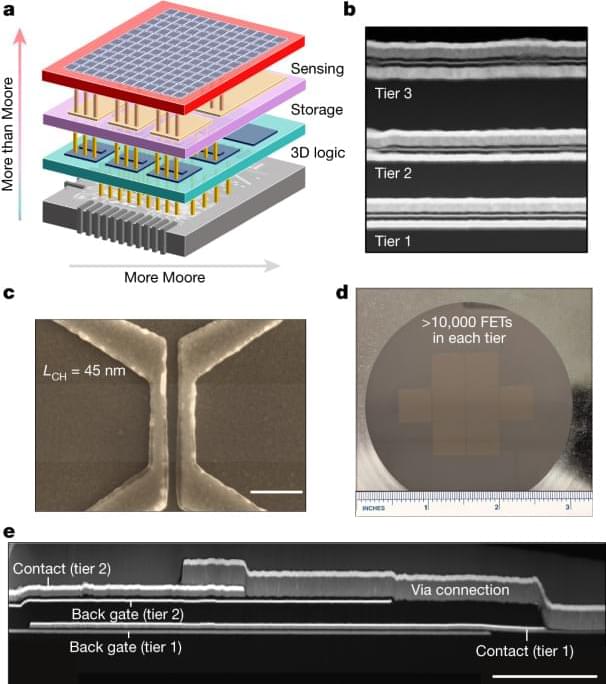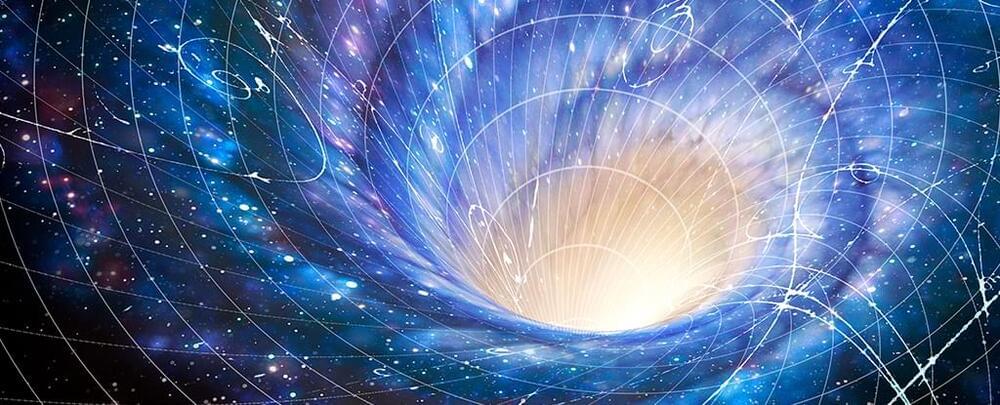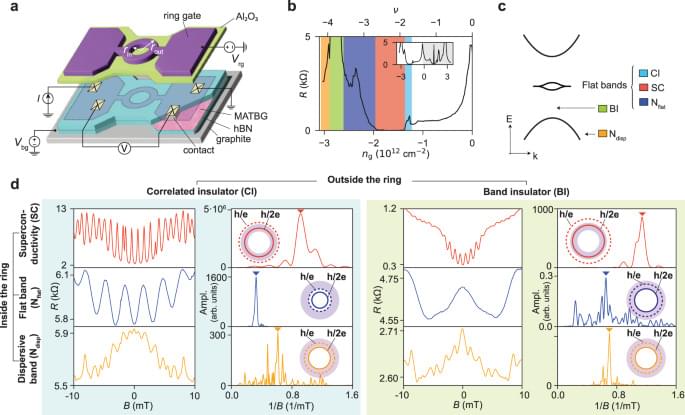What if we told you a future NYC skyscraper could actually extend vertically from the clouds rather than the ground?
Clouds AO’s proposed Analemma Tower would be the world’s tallest building that could be suspended over any city from an asteroid.


CRISPR pioneer Jennifer Doudna, Ph.D., looks set to continue to push the boundaries of gene editing, as she announces plans to team up with life sciences giant Danaher to create a center focused on generating new therapies for rare and other diseases.
The center, which will be based at the headquarters of Doudna’s own Innovative Genomics Institute (IGI) and referred to as the Danaher-IGI Beacon for CRISPR Cures, “aims to use CRISPR-based gene editing to permanently address hundreds of diseases with a unified research, development and regulatory approach,” according to a Jan. 9 release from Danaher.


Over ten years ago, the Dark Energy Survey (DES) began mapping the Universe to find evidence that could help us understand the nature of the mysterious phenomenon known as dark energy.
I’m one of more than 100 contributing scientists that have helped produce the final DES measurement, which has just been released at the 243rd American Astronomical Society meeting in New Orleans.
Dark energy is estimated to make up nearly 70 percent of the observable Universe, yet we still don’t understand what it is. While its nature remains mysterious, the impact of dark energy is felt on grand scales. Its primary effect is to drive the accelerating expansion of the Universe.

QuEra, a quantum computing startup founded by researchers from Harvard and the Massachusetts Institute of Technology, recently released what may be the most ambitious quantum technology roadmap we’ve seen yet.
The company plans on releasing a quantum computer with 100 logical qubits and 10,000 physical qubits by 2026. It also claims this planned system will demonstrate “practical quantum advantage,” meaning they’d be capable of useful computation feats that classical, binary computers aren’t.

Producing photons one at a time on demand at room temperature is a key requirement for the rollout of a quantum internet—and the practical quantum computers that would undergird that network. The photons can be used as quantum bits (qubits), the quantum equivalent of classical computing’s 0s and 1s. Labs around the world have devised various ways to generate single photons, but they can involve complex engineering techniques such as doped carbon nanotubes or costly cryogenically-cooled conditions. On the other hand, less complicated techniques such as using traditional light sources do not provide the necessary level of control over single-photon emissions required for quantum networks and computers.
Now, researchers from Tokyo University of Science (TUS) and the Okinawa Institute of Science and Technology have collaborated to develop a prototype room temperature single-photon light source using standard materials and methods. The team described the fabrication of the prototype and its results in a recent issue of the journal Physical Review Applied.
“Our single-photon light source … increases the potential to create quantum networks—a quantum internet—that are cost-effective and accessible.” —Kaoru Sanaka, Tokyo University of Science.

Next on the list is a skill called Splash, which uses AI to create a song based on your description. With this one, you can tell Alexa to create any type of song or specify the genre of music you want. After playing a short excerpt, Alexa asks if you want to make any changes, such as adding lyrics. If you like the tune, you can then tell Alexa to send it to your phone for playback.
To use the skill to generate any type of song, say: “Alexa, create a song with Splash Music.” To include a genre, say: “Alexa, open Splash Music,” and you’ll be asked what style you prefer. For this one, I asked Splash to compose a song in the style of jazz. The result certainly wouldn’t win any awards at the next Grammys, but it showed promise.
Finally, the third skill is named Volley Games, an AI-driven spin on the usual 20 questions game. In this one, a friendly AI host challenges you to guess an object by asking the right ‘yes’ or ‘no’ questions. After giving you the category, you’re prompted to ask each question until you hopefully guess the mystery item. Along the way, you can ask for hints if you’re stumped.


While already deployed for the likes of NASA and ESA for several years, Zeiss’ hologram-generating Multifunctional Smart Glass technology is only now gearing up for mass production. The results could be interesting.
Zeiss’s Multifunctional Smart Glass has been a core and expensive bespoke component of space missions for some years now, the tech having been developed primarily for deployment with the likes of NASA and ESA that can afford it for mission-critical uses. Calling what it results in a hologram is a bit of a cheat — these images don’t float free on their own; instead, they’re generated within a thin, transparent layer sandwiched between glass sheets to which ultra-high-precision optics are attached.
Still, the effect is convincing. The image layer is 92% transparent. Zeiss reckons the holographic functionality can turn any glass surface (windows of buildings, transparent screens, side windows of vehicles, etc) into an on-demand communication screen.
